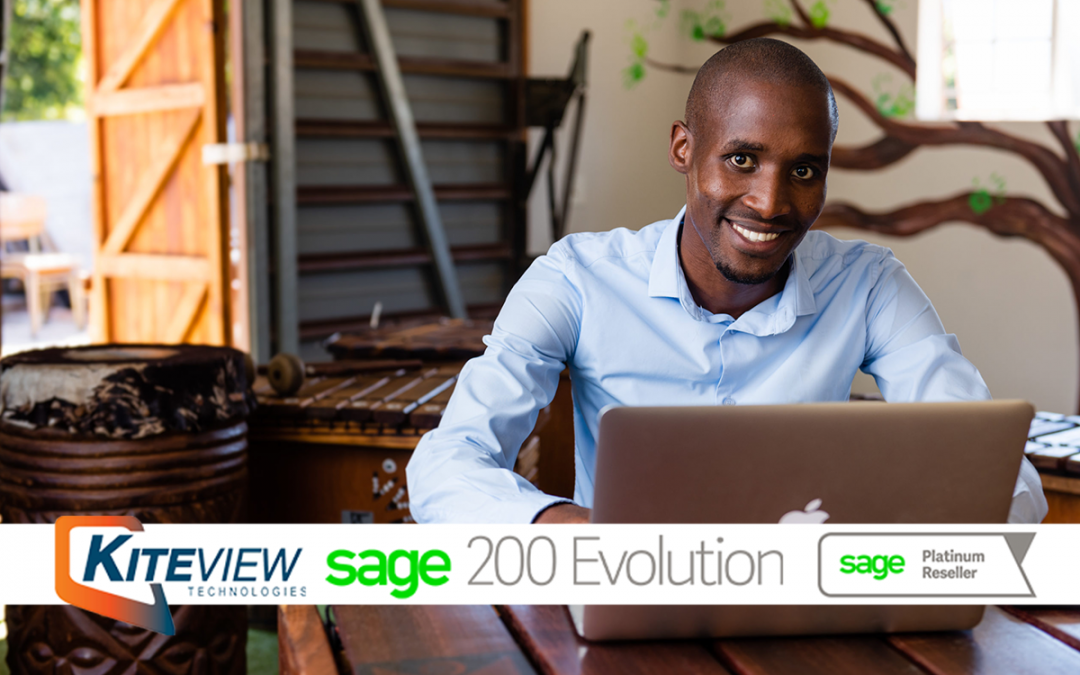
Three unstoppable forces driving change in finance – Here’s what CFOs need to know
Article credit: Sage
South African CFOs and senior finance decision-makers recognise that the world is changing, with a perfect storm of technological and social forces changing the rules of business in this digital era.
COVID-19 adds more complexity to the mix, putting companies under financial pressure and simultaneously serving as an accelerator for digital transformation.
So how do you adapt to this new world? It starts by looking at the three broader trends driving the corporate finance function:
- The digitalisation of the finance industry
- More demand for strategic decision-making
- A younger workforce with new priorities
Digitising finance
During these times, CFOs understand that technology has an important role to play in elevating efficiency. In PwC’s Pulse Research, nearly two-thirds of CFOs (Africa: 63%; Global: 62%) expect their technology-related spend in the next 12 months to be focused on growth, cost reduction and compliance.
As a CFO or senior finance decision-maker, you’re always looking for ways to improve your department’s efficiency so that you can serve the business better; data-driven insights and automation are valuable ways to achieve this. Automation is a reliable way of obtaining predictive financial analytics, which can enhance the productivity of your financial/accounting team members.
The benefits of automation include:
- The minimisation of manual intervention in financial operations and other accounting-related tasks, such as ledger entry and reconciliations
- Auto-population, using data from ERP and other systems
- Reducing the potential for human error
- Faster turnaround times
- The improvement in the use of staff time, thanks to a reduction in manual processes
With automation, it is now possible to aggregate a vast amount of data to unlock insights. With data-driven insights, CFOs and senior finance professionals are better equipped to be a strategic advisor for their business, focusing on generating value for their organisations. It’s also a good idea to identify which metrics you could track in real-time, as this improves the data quality and gives greater visibility into the business.
Building a culture of automation can increase your productivity thanks to fewer manual processes, fewer errors and faster processing times. Automation encourages quicker enterprise-wide decision-making while improving regulatory compliance and ensuring accurate financial statements.
More demand for strategic decision-making
Finance decision-makers are seeing their role evolving from number cruncher to business strategist. As a finance leader, you now have a new mandate – to move beyond the traditional role where you measure past performance to leading your business as a gatekeeper of data and analytics.
The insights this provides will help create a vision for the future of the business, which you can then start to plan and forecast for. The CEO may expect you to guide the business through an uncertain future, to provide strategic direction on digital spending, managing risk, imposing governance and responding to regulatory change.
It is your opportunity to take the lead in digital transformation, redefining the finance function to play a more significant role in data governance, data flow, cybersecurity and other business priorities.
A younger workforce with new priorities
According to Stats SA, the youth (aged 18–34) constitute almost a third of the population (18 million) in South Africa. With millennials taking up more senior roles in enterprises and more members of Generation Z moving into the workforce, new technology priorities are starting to emerge.
There is a divide between senior accountants and new breed accountants who use technology to automate basic number crunching and admin tasks.
Finance is becoming increasingly technical and strategic. To strengthen your position as a strategic business leader, take a look at a few ways to make sure your organisation manages and analyses data thoroughly, optimising information flow to ensure KPIs are being hit. You could do this by harnessing the value of a young tech-savvy workforce, that will naturally accept what you’re trying to do.
Your team may well start to take on responsibilities around IT and regulations, and learn to be masters of actionable business intelligence. Harness this wave of millennial creativity and embrace innovation across the business. Still, it’s sensible to have seasoned finance professionals on the team whose experience will be invaluable, especially in a function which carries so much influence.
The future of finance
To lead finance in a digital world, creating a diverse team with a mix of backgrounds and experience is essential. Alongside newer technological and analytical skillsets, financial fundamentals, and corporate stewardship are still relevant, and experienced people are well-equipped to take a long-term view when it comes to the business.
Kiteview Technologies (Pty) Ltd was founded in May 2010 to provide the Sage Evolution Business Management solution to the SME market. The management team of Kiteview have combined +30 years of experience in the delivery of small to mid-market Financial & Business Management solutions. This experience, combined with a sound project implementation methodology has helped in Kiteview’s growth, becoming a Platinum status partner for SAGE Pastel within just 1 year.
Contact Us
For An Obligation Free Quote














